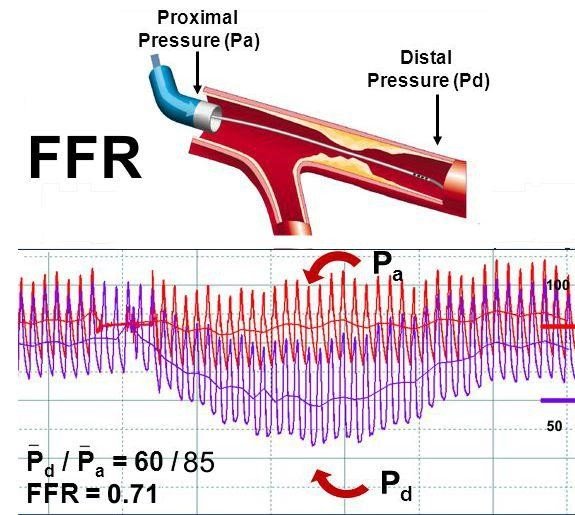What Are The Benefits Of Using FFR In Angiograms?
An angiogram is one of the most crucial radiology processes used to detect the presence of blockages in the blood vessels, specifically in the coronary arteries, the aorta, pulmonary blood vessels, and such significant veins and arteries in the body. Although it uses the X-Ray model to find and detect the blockages, several other parameters are used to reach the actual conclusion of the angiogram. In other words, doctors cannot just conclude that you have a blockage in your heart at this position.
Instead, they have to explain the extent of the block, its size, blood flow rate, and several other such aspects. Until and unless all these areas are covered, the angiogram results are not given to the patients, or doctors do not entirely rely on the reports and prescribe more advanced diagnostics. This is why nowadays, laboratories have started to use a different approach to bring accuracy and precision to angiograms. This process is named FFR or Fractional Flow Reserve.
What is FFR, and how is it measured?
FFR, or Fractional Flow Rate, is defined as the ratio of blood flows through a vessel in the presence of the blockade to that of the blood flow to the same vessel in a hypothetical blockade-free condition. The instruments used in angiograms can quickly check the blood flow rate. Based on this, the block and blood flow percentage can be easily known.
For instance, if the blood flow rate through a vessel with the blockade is 80 and the hypothetical blood flow rate is 100, then the FFR is supposedly considered 0.8. Since the blockade is experienced in percentage, the FFR value is used to determine the same, and hence, the patient is said to have 80% blockage in the blood vessel.
Why is FFR considered an angiogram?
Now that we have established what FFR means and how the values are measured, it is crucial to understand the benefits of using this methodology. We have discussed this in the following section for your better knowledge.
Appropriate blood pressure measurement
One of the most important aspects of getting the FFR done is to check the blood pressure against the walls of the blood vessels in which the blockade is present. When the lumen narrows and the flow passage is restricted, blood must apply a lot of pressure on its walls for distention. With the help of the values obtained from the FFR experiment during the angiogram, doctors can quickly know if the blood pressure applied from the inside of the blood vessel towards the outward direction is high or within control.
Helps determine the blockade percentage
The values determined from FFR are often used to measure the blockade percentage present in the patient. Although the X-Ray results from the angiogram can easily show the size of the blockade, doctors need to know the numerical values of the block size in percentage. Based on it, they can decide whether administering appropriate medicines can control the situation.
Provides detailed information about blood flow
FFR also helps doctors with detailed information about blood flow. For instance, the number of red blood cells, white blood cells, and platelets passing through the constricted portion of the blood vessel per cubic mm can be easily known from the results inferred from FFR results and studies. This is one of the most important reasons why the FFR approach is preferred worldwide. Several studies have also shown that FFR helps doctors to know the total blood cell count in the vessel with the blockade before any major surgery.
Conclusion
In this post, we have walked you through the description of FFR, or fractional flow rate, and how it is measured. Furthermore, we have also discussed the three significant advantages of considering the value of FFR measured during an angiogram.


